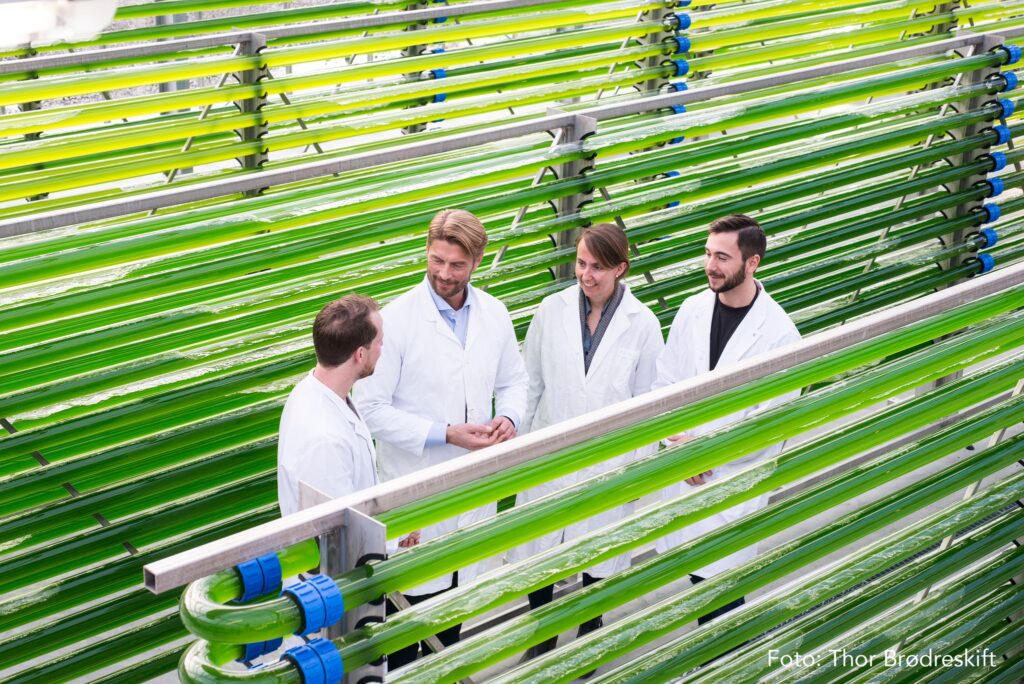
News
Research
Sustainability
Norwegian researchers convert RAS sludge into energy
May 12, 2023 By Nestor Arellano
 (Image: NORCE)
(Image: NORCE) Sludge from recirculating aquaculture systems (RAS) is largely made up of uneaten feed and fish feces. Historically, sludge was converted as fertilizer for agricultural use. Researchers from a project called project known as SLAM-DUNK (SLudge Appraisal teaM – Developing a sUstainable value chaiN from tanK) to product, are working on a process to convert sludge into energy for use in fuel cells.
The initiative, which is being led by the Norwegian Research Centre (NORCE), is also looking into using RAS sludge for development of novel treatment technologies (anaerobic digestion, pyrolysis, and microalgae) and creation of materials for use in architecture, consumer goods, and textiles.
Other organizations involved in the project are the University of Bergen and Wageningen University from the Netherlands, Feeder International and Marineholmen RASlab, Prototech, and Bioregion Institute.
“To make aquaculture more sustainable and ready for stricter emission requirements, sludgehandling solutions need to be increasingly adopted by the industry,” according to NORCE. “SLAM-DUNK aims to develop a sustainable value chain for the conversion of fish sludge into valuable products.”
Norwegian government aims to become a leading seafood producer cranking out five million tons of sustainable aquaculture production by 2050.
This will also mean producing massive amounts of biomass. For example, the nation’s salmon and rainbow trout biomass production for 2017 was 1.3 million tons with a corresponding sludge volume of 2.1 million tons. By 2050 Norway’s sludge volume is predicted to reach 11 million tons.
The research will not only boost the aquaculture industry’s contribution to sustainability efforts but also maximize the net value gained from land-based fish farming activities.
Print this page